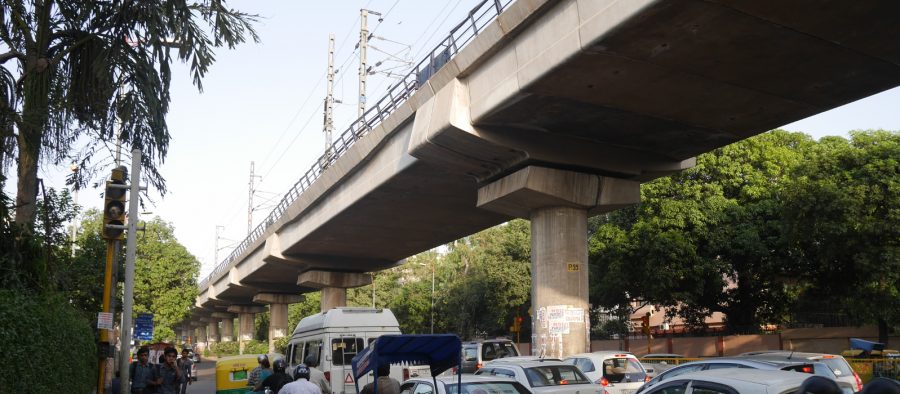Compared to mobile phones, an even more recent arrival in India is the smartphone. In 2009, smartphones were unheard-of in the Garo Hills. I don’t remember ever seeing them anywhere I went in north and northeast India either. By 2013, smartphones were more in evidence in Jaipur when I spent the summer there, but more in TV ads than real life. Now in 2015, smartphones are becoming increasingly ubiquitous. When I ride the Delhi Metro, half of the passengers are fiddling with smartphones, reading something in English, Hindi, or Punjabi, or playing a game. Apple iPhones are not as common in India as the USA, since most people don’t care to pay the premium price. The Samsung Galaxy is much more common as a prestige phone. There are also several indigenous brands not seen in the USA, such as Micromax.
What is remarkable to me about smartphones in India is that they are being adopted by a wide range of social classes. There is nothing remarkable about the privileged urban youth of India using smartphones in 2015, although I feel that they try too hard to prove that they have arrived in the twenty-first century by taking too many selfies and signing up for all of the social media services, and then posting all of those selfies, and anything else they think or do, on all of the services. They aren’t just using the usual suspects like Facebook, Instagram, or Twitter, but also services I’d never heard of before coming to India this time.
What I do find remarkable is that some manual laborers and service workers, like the maid who works in the house where I stay in Delhi, have started using smartphones. Non-smartphones have not been marginalized in the market as definitively as they have been in the West, but it is clear to me that for certain classes of Indians, smartphones are now the only socially acceptable option. This is not the case for lower classes, but it is worth noting that lower-income groups now have access to the same technology that the privileged classes are using for status symbols.
Mobile phones gave many members of lower-income and rural populations access to their own phones for the first time. In the same way, smartphones are making the Internet more widely accessible. In the Garo Hills in 2009, when I wanted to check my e-mail, I had to hitch a ride to the nearby town and pay Rs. 40 an hour to use a slow, unreliable cell-network connection at a computer services shop. Sometimes I would arrive and the power would be out, or the manager would be away, or the connection would inexplicably not be working. This was an all-afternoon outing, and I could only make it once every week or two. I went to the effort to access the Internet because I had already become reliant upon it from my life in the West. For those who had never used the Internet before, it wasn’t likely that they were going to go out of their way to start using it there. Now, the growing number of smartphone users can access the Internet whenever they want, without having to go anywhere.
It is much too early to make any conclusions about what all of this means for Indian society. Are smartphones an egalitarian technology, like non-smartphones? TV ads that show sequestered women in rural Haryana using their smartphones to access educational resources would have you believe so. Of course, TV ads playing on the same channels also claim that “Love and Nourish” soap will give you perfect skin like Kareena Kapoor, and “Juzt Jelly” candies will give you the strength of the children’s cartoon hero Chhota Bheem. In the case of smartphones, though, this technology may indeed give economically disadvantaged people access to knowledge resources that were too expensive to access beforehand. Or smartphones might prove to be just a passive form of entertainment, opening the way for huge sections of the Indian population to become addicted to the next “Candy Crush.” I suspect that smartphones in India are already on their way to proving themselves as both useful tools and useless toys.

